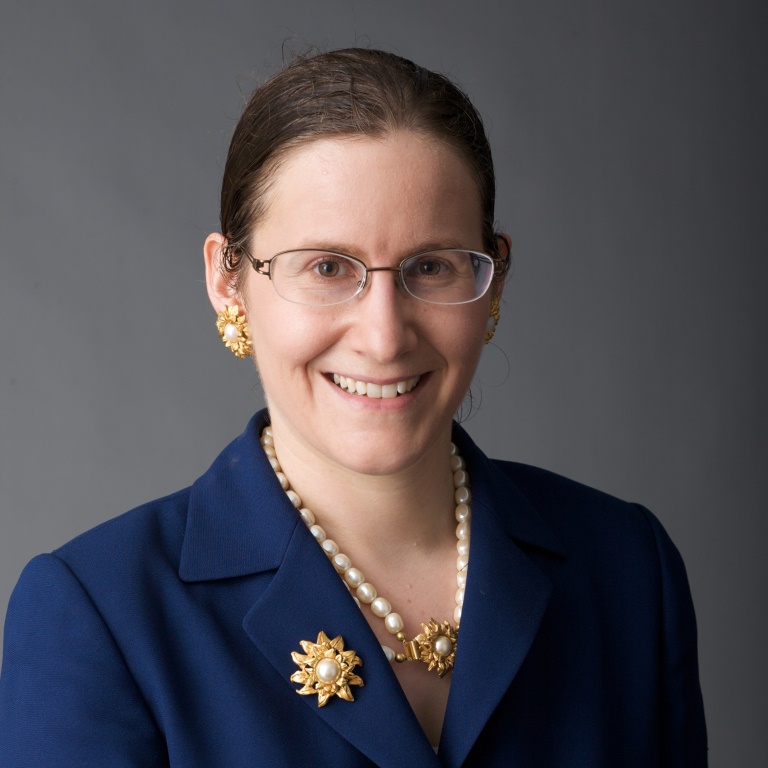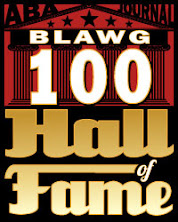Lesley Fair is a Senior Attorney with the Federal Trade Commission’s Bureau of Consumer Protection, where she has led numerous investigations of deceptive advertising. She now specializes in industry education and compliance with the FTC’s Division of Consumer & Business Education. Lesley has been on the adjunct faculty of the Catholic University School of Law since 1984 and holds the title of Distinguished Lecturer. In 2009 she joined the adjunct faculty of the
Before coming to the FTC, Lesley clerked for United States District Judge Fred Shannon in the Western District of Texas, served as a staff counsel to the United States Court of Appeals for the Fifth Circuit, and was a fellow at Georgetown’s Appellate Litigation Clinical Program,. She graduated from the University of Notre Dame and the University of Texas School of Law.
Important note: As always, the opinions expressed in this interview are Ms. Fair’s alone, and not those of the FTC.
Q: How did you get into advertising law?
You know those people who say “I don’t pay much attention to ads”? That’s not me. I’ve always loved advertising. In second grade, the teacher made a TV out of a refrigerator box and had us advertise make-believe products. I pitched a headache remedy called End-A-Pain. (It may be the only analgesic the FTC didn’t sue in the 60s.) The best ad was for a dog food called Fido Feed-o: “Feed your fido Fido Feed-o. Every night-o feed your fido Fido Feedo.” That creative genius is now an obstetrician in
But the real answer to your question is that in law school I worked for the state headquarters of the legal service programs in Texas and got interested in consumer issues – landlords who wouldn’t fix the heat, used car dealers that didn’t honor their warranties, and payday lenders who charged soldiers interest rates that sounded more like Hall of Fame batting averages. When I heard about a vacancy with the FTC’s Bureau of Consumer Protection, I thought it was my dream job. And 25 years later, it turns out I was right.
Q: Tell us about some favorite advertising cases.
The case that had the most profound effect on me was the first-year chestnut, Williams v. Walker Thomas Furniture. My daily commute used to take me past the boarded-up Walker Thomas building, which somehow seemed appropriate.  As for recent cases, Chief Judge Easterbrook’s opinion in FTC v. QT, Inc., is something to behold: Donizetti’s L’elisir d’amore, “Beneficent creatures from the 17th Dimension,” and the old joke “Why are you snapping your fingers? To ward off elephants. But there aren’t any elephants around here. See? It works.” – all in one amazing sliver of F.3d.
As for recent cases, Chief Judge Easterbrook’s opinion in FTC v. QT, Inc., is something to behold: Donizetti’s L’elisir d’amore, “Beneficent creatures from the 17th Dimension,” and the old joke “Why are you snapping your fingers? To ward off elephants. But there aren’t any elephants around here. See? It works.” – all in one amazing sliver of F.3d.
(photo by cowtools)
Q: What emerging trends in advertising law should advertisers be watching?
Perhaps the real emerging trend is that there aren’t really any emerging trends. Volume 1 of F.T.C. Reports has it all: Cheap coffee beans deceptively advertised as mocha java, rayon labeled as “cilk,” and a vacuum cleaner company that published the 1917 equivalent of an “independent” product review blog and touted its own brand. The 23 words of Section 5 were so well-crafted and decisions from federal courts and the Commission have been so forward-thinking that I can’t come up with an innovation in advertising – not TV, not the Internet, not social media – where Section 5 hasn’t seamlessly applied. As for my prediction about what advertisers can expect from the FTC, to quote Bob Dylan, “You don’t need a weatherman to know which way the wind blows.” A look at recent cases, speeches, and workshops suggests that health claims, kids and marketing, privacy promises, environmental issues, advertising using social media, and promotions directed to people in financial distress are all important issues.
Q: What’s the biggest mistake you see advertisers make in their dealings with the FTC?
Not being candid with staff from the start.
Q: What is your advice for a law student who wants to practice in the advertising field? Given that most schools don’t teach advertising law (at least until the casebook I am writing with Eric Goldman comes out), what are the best courses to take?
Administrative Law, Trademarks, and First Amendment courses are all helpful, but what law students do outside of class may be even more important. Get clinical experience. Volunteer for a judge. Intern at the state AG’s office. Spend one afternoon a week fielding complaints at the county consumer affairs office. Take advantage of those “free admission for law students” events and get to know people who do what you want to do. Ask for their advice. Not many people find attorneys all that fascinating, so when somebody expresses an interest in our work, we can’t shut up – my answers to these questions being Exhibit A.
Q: What’s your advice for someone looking to move into the government side of consumer protection law?
If this field is what you’re passionate about, make that clear. When I used to be involved in recruiting, my first question was “Name an ad that made you say ‘The FTC ought to be investigating that.’” You’d be surprised how many people didn’t have an answer. So I guess I’m saying that it helps to watch a little late night TV, scan annoying pop-ups, and read those entertainment magazines while you’re waiting for a bus. This is a great job, isn’t it?








